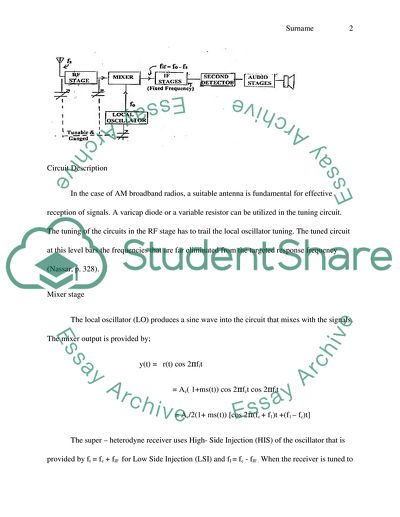Cite this document
(ZigBee Network Topologies and Routing & Super-Heterodyne Receiver Research Paper - 2, n.d.)
ZigBee Network Topologies and Routing & Super-Heterodyne Receiver Research Paper - 2. Retrieved from https://studentshare.org/information-technology/1772095-electronic-communication-technology
ZigBee Network Topologies and Routing & Super-Heterodyne Receiver Research Paper - 2. Retrieved from https://studentshare.org/information-technology/1772095-electronic-communication-technology
(ZigBee Network Topologies and Routing & Super-Heterodyne Receiver Research Paper - 2)
ZigBee Network Topologies and Routing & Super-Heterodyne Receiver Research Paper - 2. https://studentshare.org/information-technology/1772095-electronic-communication-technology.
ZigBee Network Topologies and Routing & Super-Heterodyne Receiver Research Paper - 2. https://studentshare.org/information-technology/1772095-electronic-communication-technology.
“ZigBee Network Topologies and Routing & Super-Heterodyne Receiver Research Paper - 2”, n.d. https://studentshare.org/information-technology/1772095-electronic-communication-technology.


